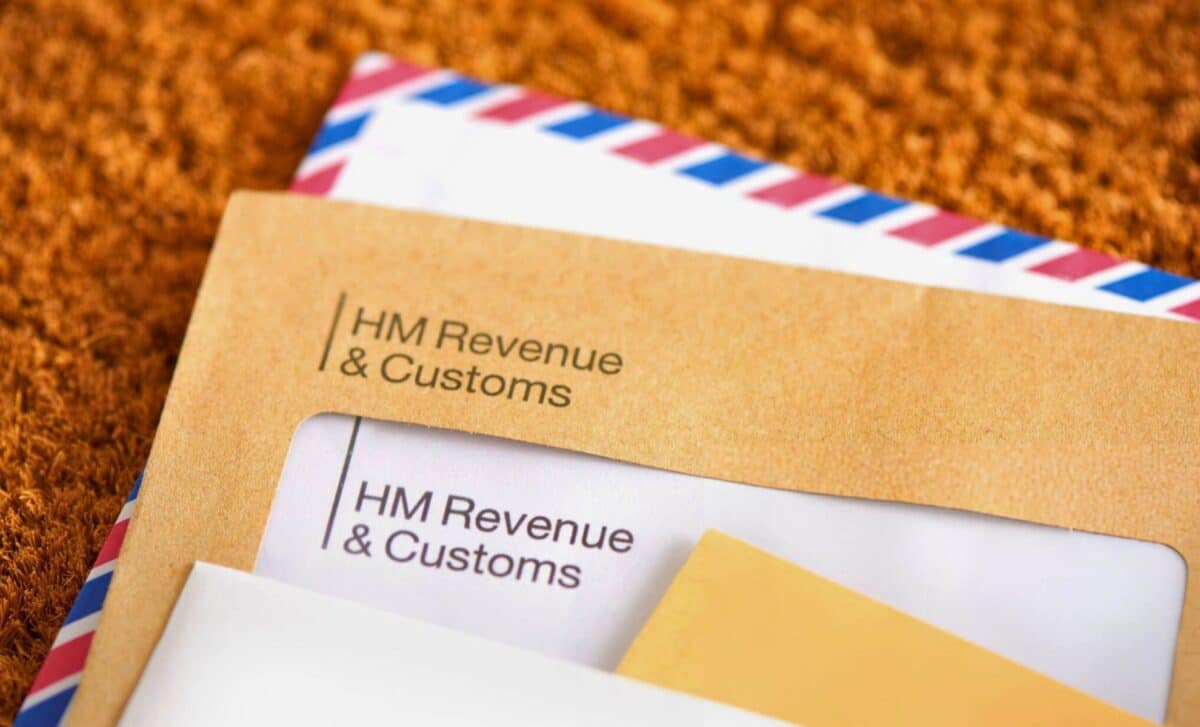Many UK savers are unaware that they could face unexpected tax bills if their savings interest exceeds certain thresholds. With interest rates now exceeding 5% on some accounts, even relatively small deposits can generate taxable income.
Under the Personal Savings Allowance (PSA), basic-rate taxpayers can earn up to £1,000 in interest tax-free, while higher-rate taxpayers earning £50,271 or more have a reduced limit of £500. With savings accounts offering high returns, those with £3,500 or more could soon exceed their allowance, leading to a tax charge.
But how does HMRC track savings interest, and what can savers do to minimise their tax burden?
How Interest Earnings Could Lead to a Tax Bill
HMRC has automated systems that track savings interest earned across various financial institutions. If interest earnings exceed the Personal Savings Allowance, HMRC issues a notice of additional tax owed.
For example, with a fixed-rate account offering 5% interest, a saver with £3,500 deposited for three years could earn over £500 in interest. Because fixed-term savings accounts often pay interest in one lump sum at the end of the term, the entire amount is taxed in a single year, potentially pushing savers over their allowance.
HMRC explains:
“If you go over your allowance, you pay tax on any interest over your allowance at your usual rate of income tax.”
Higher-rate taxpayers face even greater costs, as 40% of every £1 over the allowance is lost, compared to 20% for basic-rate taxpayers. This means that if someone exceeds their allowance by just £100, they could owe £40 in tax.
Which Income Sources Contribute to Your Personal Savings Allowance?
Many savers assume only traditional savings accounts count toward their Personal Savings Allowance, but the government includes several other income sources:
- Savings and credit union accounts
- Unit trusts, investment trusts, and open-ended investment companies
- Peer-to-peer lending
- Trust funds
- Government or company bonds
- Life annuity payments
- Certain life insurance contracts
- Payment Protection Insurance (PPI) compensation payouts
Because HMRC calculates tax liability based on total interest earnings, those with investments in multiple areas could easily exceed their tax-free limit without realising it.
How HMRC Collects Tax on Savings Interest
If HMRC determines that a saver has exceeded their Personal Savings Allowance, tax is automatically deducted through their PAYE tax code for employed individuals or pensioners.
HMRC clarifies:
“If you’re employed or get a pension, HMRC will change your tax code so you pay the tax automatically.”
The tax authority estimates interest earnings based on the previous year’s income, meaning some savers could be taxed even before realising they have exceeded their allowance.
What Can Savers Do to Reduce Their Tax Liability?
For those worried about breaching their Personal Savings Allowance, several options exist to minimise tax liability:
- Use an ISA (Individual Savings Account): Interest earned in cash ISAs and stocks & shares ISAs is completely tax-free, regardless of income.
- Distribute savings across spouses: Married couples can spread savings between accounts to stay within both partners’ Personal Savings Allowance.
- Monitor savings interest regularly: Keeping track of earnings can help prevent unexpected tax charges.
- Consider tax-efficient investments: Some government bonds and National Savings & Investments (NS&I) products offer tax-free interest options.









